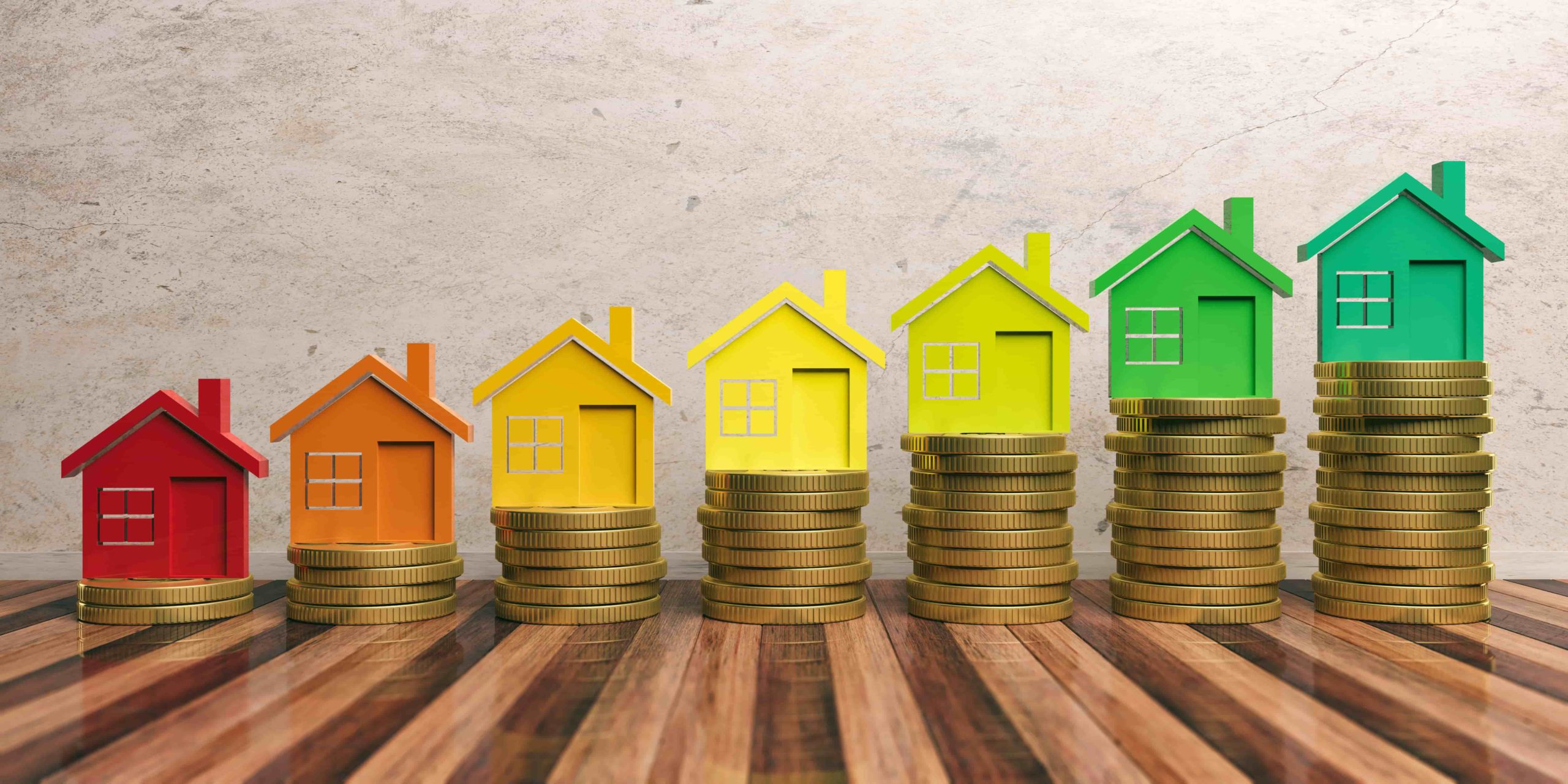
Energy Saving Home Improvements: Green Ideas
Energy saving home improvements don’t need to break the bank. From insulation to eco kettles, there are many different ways to go green.
Many of us are choosing to improve our current properties rather than move or find somewhere else. Eco-friendly changes are a top priority now.
Some more good news, a government grant can even help you get there by funding part of the cost of implementing energy efficiency measures.
Let’s take a look.
Examples of energy efficient home improvements
Wondering how to add value to your home? Future-proofing and creating energy efficient homes is now a top priority for many. Here are some of the changes that can make a big difference:
1. Loft insulation
Did you know that loft insulation could save you up to hundreds of pounds in heating bills a year? The cost of loft insulation can vary depending on factors such as the type of insulation material, the size of the loft, and the complexity of the installation. However, while the upfront cost can differ, it’s a worthwhile investment with the potential for long-term advantages, such as reduced heating expenses and enhanced energy efficiency for your home.
2. Double glazing
Don’t yet have double glazed windows fitted? Now might just be time to do so. While this can involve a high initial outlay, think of it as an investment that will save you money on utility bills as time goes on. It will also provide some extra sound proofing and make your home warmer.
3. Solar panels
While not for everyone, and a high upfront cost, solar is a sustainable alternative to carbon heating. Solar panels have their pros and cons, but they’re the ultimate when it comes to home energy efficiency.
If you see yourself living in your property for the long-term, this is worth considering, as you’ll reap the benefits of the initial costs. They may also provide a good incentive when you eventually come to sell, as some buyers are looking for energy efficient homes.
4. Boiler upgrade
An inefficient, poorly working boiler will add thousands to your bills. They also account for around 60% of your homes carbon emissions. Therefore, a replacement can significantly reduce your carbon footprint.
If you claim benefits, are a homeowner and have a boiler that’s over 5 years old, you can apply for a free boiler grant under the government’s eco home scheme. Only homeowners can apply, not private landlords, for example. You don’t always have to be on benefits to qualify.
5. Cavity wall insulation
Uninsulated walls? That might just be the reason you’re losing heat and constantly turning the heating up. Cavity wall insulation costs can range from a few hundred pounds for a small flat to several thousand for a large detached property. What’s more, it might just improve the score on your energy performance certificate (EPC) adding value to your home.
6. Door insulation
Little changes can make a big difference, especially when it comes to your wallet. Draughts can cause us to turn the heating up unnecessarily, using more energy than needed. Grab some stick-on insulation for the sides of your doors – it’s an affordable and effective solution to keep the warmth in and your energy bills down.
7. Window insulation
Thicker curtains can help prevent any heat escaping, especially during the winter months. Again – small changes can go a long way.
8. Get an eco kettle
Eco kettles eliminate unnecessary power, water and money. They use roughly 30% less energy than your average kettle, helping you cut household bills.
9. Use a green energy supplier
Switching energy supplier can help you save money on your energy bills, even with the energy price cap. Why not do your bit for the planet and go green at the same time?
10. Monitor energy use
Getting a smart meter is one of the most common energy saving tips. Gaining insight into your consumption patterns, particularly areas of unnecessary use, facilitates effective reduction measures.
11. Reduce water use
It’s not all about electrics. Using less water can help you go green, while saving money along the way, it’s a win-win. Take showers over baths, and try and keep them short. You could even invest in a water saving showerhead.
How to pay for Energy Saving Home Improvements
Savings, credit cards… There are many ways to pay for the work, including a home improvement loan. Whether it’s installing a new boiler or getting solar panels, a loan can help you pay for it. Consider carefully if this is the right option for you beforehand. It’s a good idea to get to grips with how home renovation loans work first.
Need a quote? Get one below – without affecting your credit score.
All the changes we make now will add up – and it will take time to build these habits. What matters is that we make them.
Last Updated: November 1st, 2024








